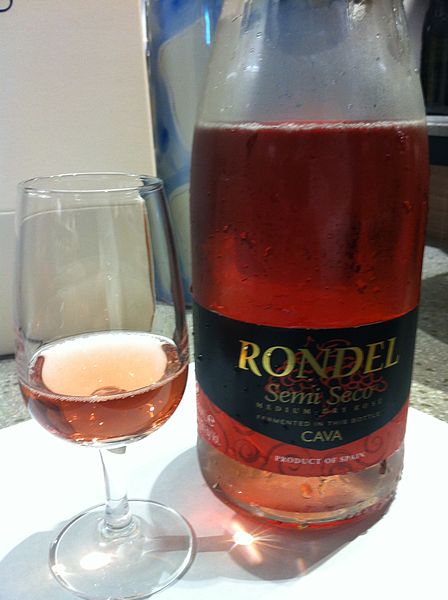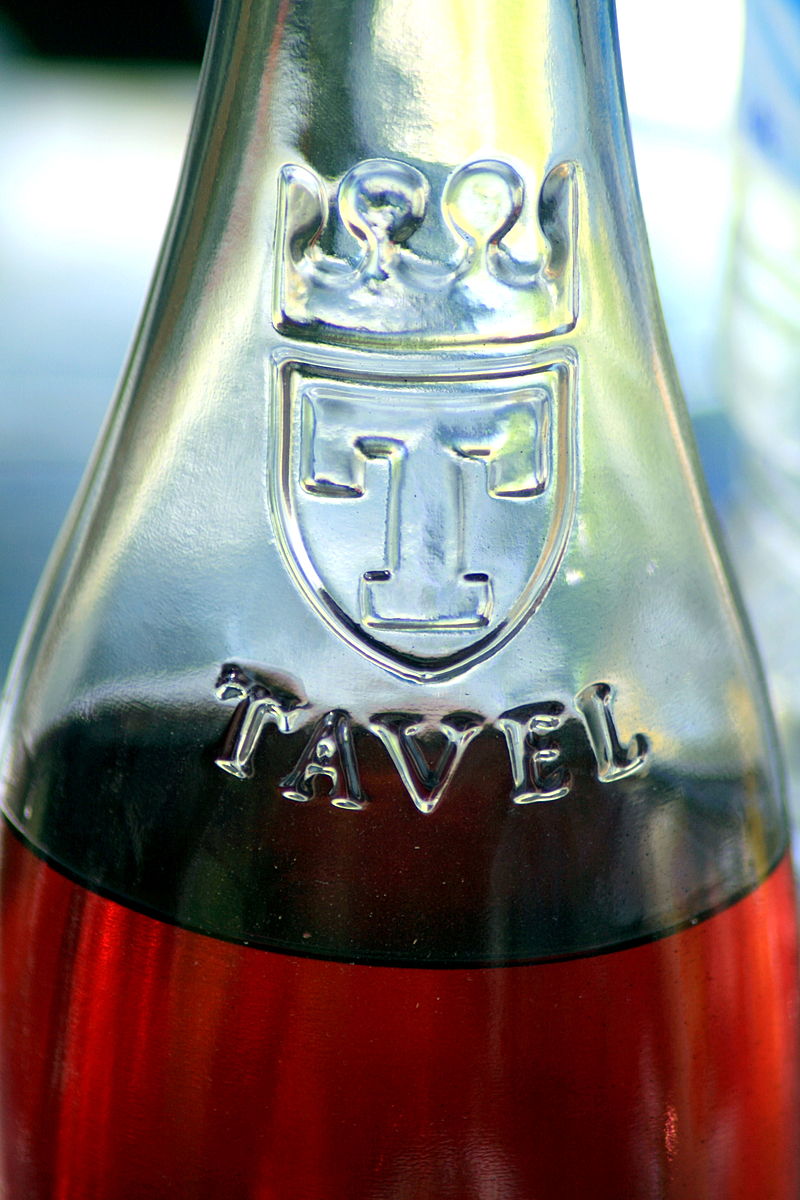
Continuing our series on the 2017 Bordeaux Futures campaign, today we are looking at offers on the 3rd Growth St. Julien estate of Ch. Langoa-Barton, 3rd Growth Haut-Medoc estate Ch. La Lagune, the St. Emilion Grand Cru Classe estate of Ch. Barde-Haut and the 4th Growth St. Julien estate of Ch. Branaire-Ducru.
For previous installments of our series check out:
Bordeaux Futures 2017 — Palmer, Valandraud, Fombrauge, Haut-Batailley
Bordeaux Futures 2017 — Pape Clément, Ormes de Pez, Marquis d’Alesme, Malartic-Lagraviere
Be sure to subscribe to SpitBucket so you can stay up to date with new installments as more 2017 offers are released.
Langoa-Barton (St. Julien)
Some geekery:
This 3rd Growth estate has been in the Barton family’s hands since 1821. Its story began when Hugh Barton of the negociant firm Barton and Guestier purchased Ch. Pontet-Langlois and renamed the estate. A few years later he purchased part of the massive Leoville estate which would subsequently become the 2nd Growth Leoville-Barton.
With the no winemaking facilities, the wines of Leoville-Barton were (and still are) made at Ch. Langoa-Barton with the chateau featured on the label of Leoville-Barton actually being the manor house of Langoa-Barton.

The chateau of Langoa-Barton featured on the logo of Leoville-Barton.
Today the estate is managed by Anthony Barton and his daughter Lillian with 25 hectare of vines close to neighboring estates of 2nd Growths Leoville Poyferre and Ducru-Beaucaillou as well as the 4th Growth estate of Ch. Beychevelle. The vines are planted to a mix of 57% Cabernet Sauvignon, 34% Merlot and 9% Cabernet Franc with the percentage of Merlot increasing in recent years.
The winemaking style of Langoa-Barton is very traditional with fermentation taking place in large wooden-vats with the must co-inoculated with MLF bacteria to induce malolactic fermentation during primary fermentation. Around 7,500 cases a year are produced.
The 2017 is a blend of 54% Cabernet Sauvignon, 38% Merlot and 8% Cabernet Franc.
Critic scores:
92-94 James Suckling (JS), 92-94 Wine Enthusiast (WE), 90-93 Wine Spectator (WS), 90-93 Vinous Media/Antonio Galloni (VM/AG), 91-93 Jeff Leve (JL), 90-92 Jeb Dunnuck (JD)
Sample review:
There is no doubt that this offers a good expression of the appellation in the medium to long term, but there’s a slightly wider gap between Léoville and Langoa this year – the first time I’ve felt that in several years, and perhaps a reflection of the slightly cooler terroir here. It’s impressively structured and well held together, with black fruits which aren’t as concentrated as the estate has displayed in the previous two vintages, but it displays an innate St-Julien elegance. Drinking Window 2025-2038. — Jane Anson, Decanter (92 pts)
Wine Searcher 2017 Average: $46
JJ Buckley: $49.94 + shipping (no shipping if picked up at Oakland location)
Vinfolio: $50 + shipping
Spectrum Wine Auctions: No offers yet
Total Wine: $47.97 (no shipping with wines sent to local Total Wine store for pick up)
K & L: $48.99 + shipping (no shipping if picked up at 1 of 3 K & L locations in California)
Previous Vintages:
2016 — Wine Searcher Average $51 Average Critic Score: 91 pts
2015 — Wine Searcher Average $54 Average Critic Score: 92 pts
2014 — Wine Searcher Average $59 Average Critic Score: 92 pts
2013 — Wine Searcher Average $46 Average Critic Score: 89 pts
Buy or Pass?
Langoa-Barton was one of the estate that I thought really overachieved in 2014 and I’m grateful that I bought several bottles soon after release in the $48-50 range before the prices jumped. Compared to its sister estate, Leoville-Barton, I appreciate how approachable Langoa-Barton is at a relatively young age for an “old-school style” St. Julien that leans more towards the savory and cedary style.
The cooler nature of their terroir that Anson mention gives me some pause for this cool and frost-prone vintage. Like the 2014, I could take a wait and see approach to taste the 2017 in the bottle before buying in. If the price was north of $50, this would definitely be a pass but the impressiveness of the 2014 and compelling value is tilting me towards Buy–but only for a couple bottles at this point.
La Lagune (Haut-Medoc)
Some geekery:
Ch. La Lagune is noted for its classically style chateau that was designed in 1715 by Baron Victor Louis, the same architect who designed the Grand Theater of Bordeaux. During this time the estate was owned by the wealthy de Seze family that owned many properties throughout Bordeaux including what would eventually become the St. Emilion Premier Grand Cru Classe estate Ch. Troplong-Mondot.
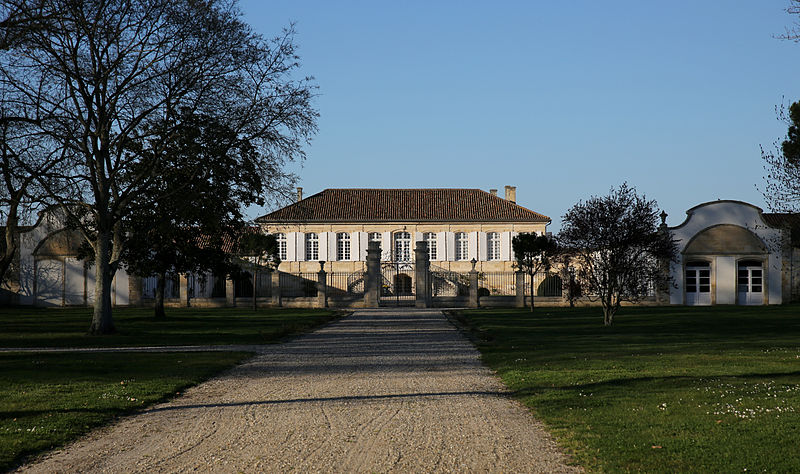
Ch. La Lagune
The estate fell on hard times in the early 20th century and was especially ravaged by World War II and the great frost of 1956. By the time George Brunette purchased the property in 1958 only 5 hectares of vines were in healthy production. Brunette started the estate on the path of revitalization that really took off when he sold it to the Ducellier family who owned the Champagne house Ayala.
Modern day La Lagune
In 2000, Ch. La Lagune and Ayala were sold to the Frey family who partially own Billecart-Salmon. The Freys subsequently sold Ayala to Bollinger, keeping La Lagune and also acquiring the Rhone estate Maison Paul Jaboulet Aine in Hermitage, Chateau de Corton Andre in the Cote de Beaune region of Burgundy and Chateau D’Arche in the Haut-Medoc commune of Ludon near La Lagune.
Today the estate is managed by Caroline Frey with around 20,000 cases a year produced.
One unique aspect of the winemaking, similar to the style of Ch. Haut-Brion, is that the final blend of each vintage is determined shortly after fermentation with the blended wine being put into the barrel for aging. In contrast, most estates wait till closer to the time of En Primeur in April following harvest to determine the blend and even then the varietal components may be kept separate throughout the aging process until closer to bottling.
The 2017 vintage is a blend of 70% Cabernet Sauvignon, 25% Merlot and 5% Petit Verdot. While many estates were hit hard by frost in 2017, causing a drop of around 40% in total production, Ch. La Lagune came out relatively unscathed with only a loss of 5% of their vineyards.
Critic scores:
90-92 VM, 89-90 JS, 88-90 Wine Advocate (WA), 88-90 JD
Sample review:
This has clear damson flesh to the fruit, a good plummy wine with an elegance and freshness to the tannins. It’s good, linear with a precision that you don’t find everywhere. This is still not quite at the 2015/16 level of completeness, but delivers from start to finish, and is a wine that should age well. It has a 2001 type of elegance and lift with a tension to the tannins that gives confidence in its ageing ability. Now certified organic, in conversion for biodynamics. — Jane Anson, Decanter (92 pts)
Wine Searcher 2017 Average: $45
JJ Buckley: No offers yet
Vinfolio: $50 + shipping
Spectrum Wine Auctions: No offers yet
Total Wine: $49.97
K & L: $49.99 + shipping
Previous Vintages:
2016 — Wine Searcher Average $51 Average Critic Score: 91 pts
2015 — Wine Searcher Average $55 Average Critic Score: 92 pts
2014 — Wine Searcher Average $51 Average Critic Score: 91 pts
2013 — Wine Searcher Average $49 Average Critic Score: 89 pts
Buy or Pass?
As I noted in my previous Bordeaux 2017 posts, the focus of my spending this campaign is on value and getting “cellar defenders” with wines that have a good track-record of delivering pleasure at younger ages.
While the La Lagune is offering decent value, I don’t have enough personal track record with the estate to pull the trigger. My previous experience with the estate has been with the stellar 2005 and 2009/2010 vintages. Those wines were certainly enjoyable and encouraged me to buy some more from 2015/2016. But my buying habits are much more cautious for vintages like 2017 so this will be a Pass for me.
Barde-Haut (St. Emilion)
Some geekery:

Vineyards in St. Emilion.
Ch. Barde-Haut is a relatively young estates who fortunes changed dramatically when it was purchased by Sylviane Garcin-Cathiard in 2000. Today it is owned by her daughter, Hélène Garcin-Lévêque, who previously managed the Pessac-Leognan estates of Château Haut-Bergey and Ch. Banon (now ran by her brother Paul Garcin).
In addition to Barde-Haut, Garcin-Lévêque also owns the Pomerol estate Clos L’Eglise, Château D’Arce in Côtes de Castillon and a new project in St. Emilion near Valandraud called Poesia. Previously known as Chateau Haut Villet, the estate is named after the Garcin-Lévêque estate in the Mendoza region of Argentina.
While her husband Patrice oversees the viticulture, Hélène Garcin-Lévêque is in charge of the winemaking with Thomas Duclos consulting. Around 3,500 cases a year are produced.
The 16 hectares of vineyards are found mostly on the limestone plateau of St. Emilion by Troplong Mondot and Pavie Macquin as well as parcels near Ch. Fombrauge.
The 2017 is a blend of 80% Merlot and 20% Cabernet Franc.
Critic scores:
93-94 JS, 92-94 VM, 91-93 WA, 90-93 WS, 88-90 WE, 92-94 JD
Sample review:
Barde-Haut didn’t see any frost this year due to the altitude of the vineyards. Composed of 80% Merlot and 20% Cabernet Franc, the deep garnet-purple colored 2017 Barde-Haut gives notions of baked blackberries, blueberry compote and Black Forest cake with touches of potpourri, dusty soil and cast iron pan. The palate is medium to full-bodied with a firm frame of grainy tannins and great freshness, finishing long and minerally. — Lisa Perrotti-Brown, Wine Advocate
Wine Searcher 2017 Average: $38
JJ Buckley: No offers yet
Vinfolio: No offers yet
Spectrum Wine Auctions: $221.94 for 6 pack + shipping (no shipping if picked up at Tustin, CA location)
Total Wine: $37.97
K & L: $39.99 + shipping
Previous Vintages:
2016 — Wine Searcher Average $41 Average Critic Score: 90 pts
2015 — Wine Searcher Average $46 Average Critic Score: 91 pts
2014 — Wine Searcher Average $35 Average Critic Score: 90 pts
2013 — Wine Searcher Average $27 Average Critic Score:88 pts
Buy or Pass?
I think there are exciting things in-store with Ch. Barde-Haut and was thoroughly impressed with their 2015 which is drinking absolutely scrumptious now and probably could be commanding prices north of $50.
But, again, I’m feeling cautious with my wallet and my only “sub-par vintage” experience with this estate was a very underwhelming 2013 (which I can’t hold against any winery) and a 2014 that was super-tight and not fitting the mold of my ideal “cellar defender.” At this point, I’m more incline to Pass on this offer and buy up more of the 2015 before the prices start reflecting its very high quality level.
Branaire-Ducru (St. Julien)
Some geekery:
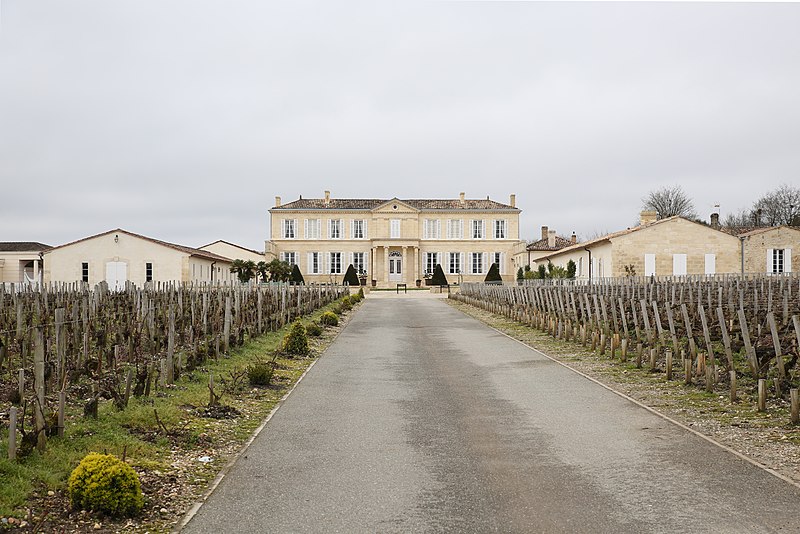
Ch. Branaire-Ducru
This fourth growth estate has a long history dating back to 1600s when it was originally part of the large Beychevelle estate. The owner’s passing in 1680 lead to the break up of that vast estate. Jean-Baptiste Braneyre would go on to buy the parcels that eventually became Branaire-Ducru. Gustave Ducru added the “Ducru” part of the name when he acquired the property in 1875.
In 1988, Patrick Maroteaux purchased the estate and brought in Philippe Dhalluin to help modernize the winemaking. Dhalluin would go on to the revitalize the use of gravity-flow wine production at Branaire-Ducru. He would later leave in 2004 to take over winemaking at the First Growth Pauilliac estate Ch. Mouton-Rothschild. Jean Dominique Videau succeeded him with Eric Boissenot consulting.
This was the last vintage of Patrick Maroteaux with him passing away just after harvest in November 2017. His son, François Xavier Maroteaux, has taken over the estate.
Branaire-Ducru covers 60 hectares in the southern portion of St. Julien with parcels in view of the Gironde next to neighboring 2nd Growth Ducru-Beaucaillou and 4th Growth Beychevelle. There are also parcels more inland near 3rd Growth Ch. Lagrange and 4th Growth Ch. Talbot. The winery produces around 25,000 cases a year.
The blend for the 2017 is 65% Cabernet Sauvignon, 24% Merlot, 6.5% Petit Verdot and 4.5% Cabernet Franc.
Critic scores:
91-94 VM, 92-93 JS, 91-93 WE, 90-93 WS, 88-90 WA, 90-92 JD
Sample review:
The 2017 Branaire-Ducru offers lovely depth and density. The characteristic dark red/purplish fruit character of Brainaire comes through beautifully. As always, Branaire is a wine of polish and finesse. Stylistically, the 2017 comes across as a smaller scaled and more accessible version of the 2015. — Antonio Galloni, Vinous
Wine Searcher 2017 Average: $49
JJ Buckley: No offers yet
Vinfolio: No offers yet
Spectrum Wine Auctions: $299.94 for 6 pack + shipping
Total Wine: $51.97
K & L: $51.99 + shipping
Previous Vintages:
2016 — Wine Searcher Average $58 Average Critic Score: 92 pts
2015 — Wine Searcher Average $62 Average Critic Score: 92 pts
2014 — Wine Searcher Average $51 Average Critic Score: 92 pts
2013 — Wine Searcher Average $49 Average Critic Score:89 pts
Buy or Pass?
This is one of my personal favorite estates that is virtually an automatic Buy for me every year. This wine always seems to vastly over-perform its price point and classification. Most years it drinks on par with a 2nd Growth. The 2009 vintage (with a Wine Searcher Average price of $92) is one of the best wines I’ve had from that vintage and has put several of its more expensive peers to shame.
With this wine priced in line with 2014, this was a no-brainer purchase for me.
More 2017 Bordeaux Futures Posts
*Bordeaux Futures 2017 — Pape Clément, Ormes de Pez, Marquis d’Alesme, Malartic-Lagraviere
*Bordeaux Futures 2017 — Lynch-Bages, d’Armailhac, Clerc-Milon and Duhart-Milon
*Bordeaux Futures 2017 — Clos de l’Oratoire, Monbousquet, Quinault l’Enclos, Fonplegade
*Bordeaux Futures 2017 — Cos d’Estournel, Les Pagodes des Cos, Phélan Ségur, Calon-Segur
*Bordeaux Futures 2017 — Clinet, Clos L’Eglise, L’Evangile, Nenin
- Bordeaux Futures 2017 — Malescot-St.-Exupéry, Prieuré-Lichine, Lascombes, Cantenac-Brown
*Bordeaux Futures 2017 — Beychevelle, Talbot, Clos du Marquis, Gloria
*Bordeaux Futures 2017 — Beau-Séjour Bécot, Canon-la-Gaffelière, Canon, La Dominique
*Bordeaux Futures 2017 — Vieux Chateau Certan, La Conseillante, La Violette, L’Eglise Clinet
*Bordeaux Futures 2017 — Montrose, La Dame de Montrose, Cantemerle, d’Aiguilhe
*Bordeaux Futures 2017 — Clos Fourtet, Larcis Ducasse, Pavie Macquin, Beauséjour Duffau-Lagarrosse
*Bordeaux Futures 2017 — Kirwan, d’Issan, Brane-Cantenac, Giscours

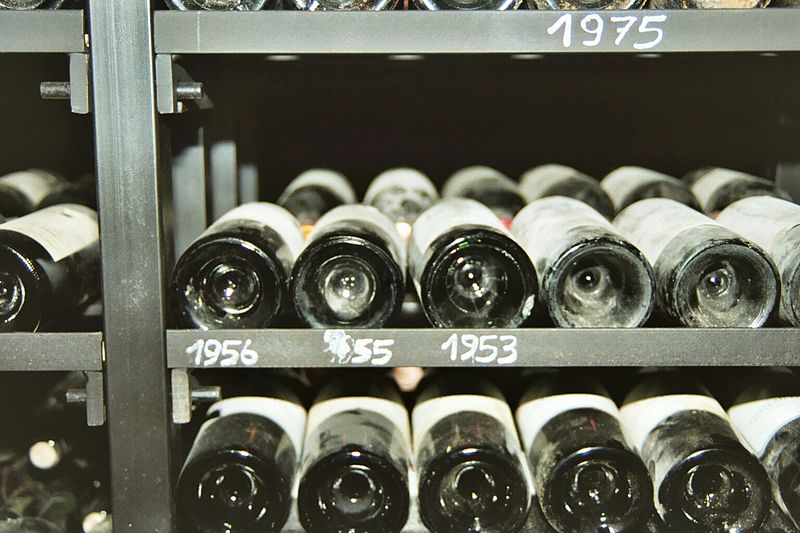

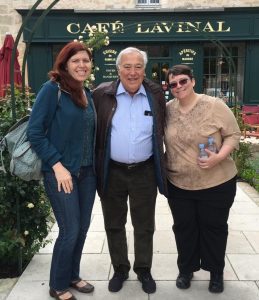
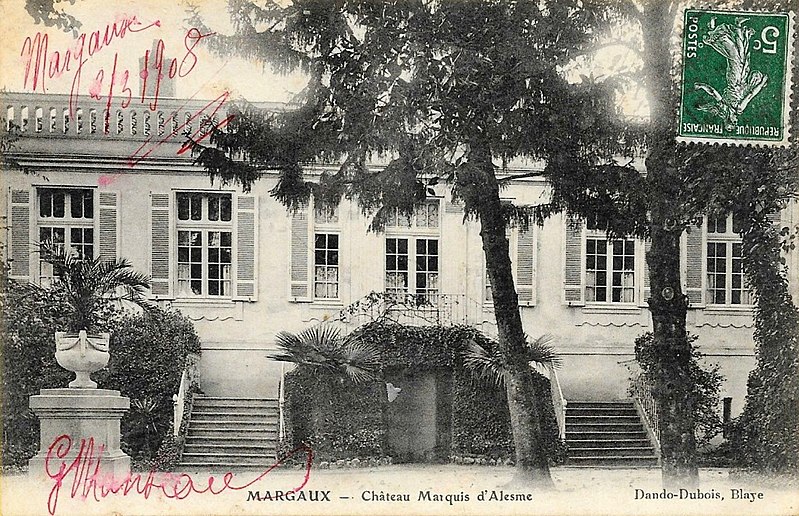
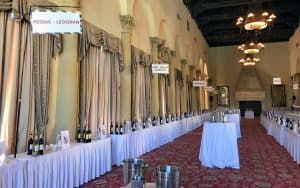
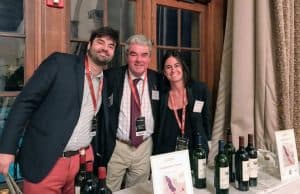
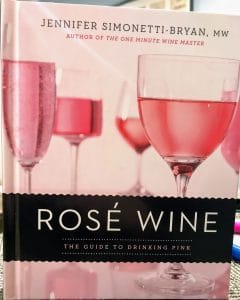 A few thoughts on
A few thoughts on 